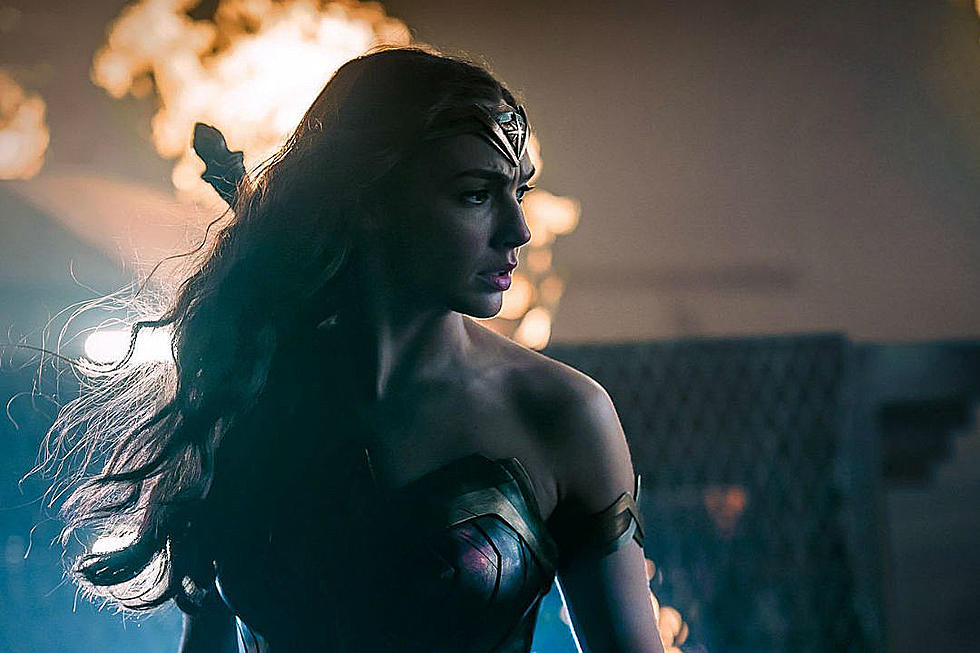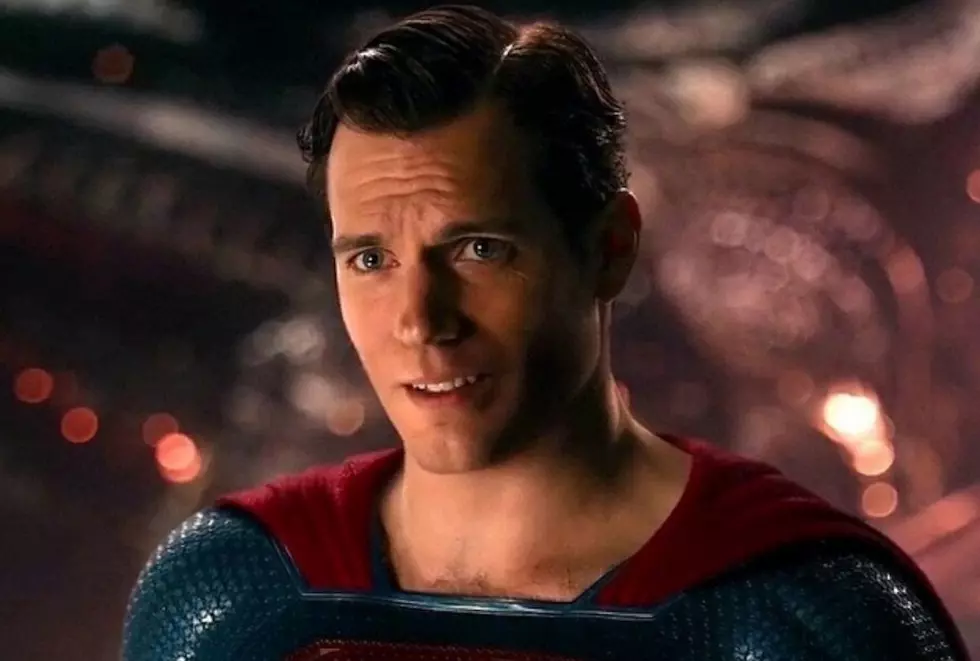
The Issue: Imperfect Harmony in ‘Buffy Season Eight’ #21
Welcome to The Issue, where we'll take a look at some of the strangest, most interesting and most distinctive single issue comic stories ever to grace the medium. You know the ones; silent issues, sideways issues, backwards issues; the comics that try to do something different with the form, and stand out from the series they belong to.
In the last installment, we talked about issue #12 of The Invisibles, a comic that takes a sympathetic look at one of the series' throwaway baddies. This time round, it's 'Harmonic Divergence', issue #21 of Buffy the Vampire Slayer Season Eight, written by Jane Espenson and drawn by Georges Jeanty. It's a comic that takes a very different approach to a similar idea and, as Hallowe'en is nearly upon us, throws in some spooky Draculas too.
Season Eight isn't a perfect series. By the writing team's own admission, coming from a background in TV left them overly giddy at the opportunity of comics' unlimited 'budget', leading to a splurge of grand threats and monsters and set pieces, occasionally at the expense of quieter character moments. But the book still does a lot to capture the feel of the show.
A remarkable number of beloved characters return, and get room to develop without ever feeling they've been replaced by an impostor (one notable Twilighty exception aside). The dialogue helps with that, its characteristically unusual cadences surviving the move from screen to page, as does Georges Jeanty's art. He's not the most showy artist, but his character likenesses are strong and fluid, and the faces never feeling like he's had to scrub through the DVDs looking for a similar expression to reference.
The comic even shares Whedon's trademark love of taking likable characters and unexpectedly ramming large skewers through their torsos. But we'll get to that.
'Harmonic Divergence' comes right at the midpoint of the season, the spot where most serialized TV dramas find room for smaller one-off stories away from the overarching plot. This was always one of Buffy's strong suits, and the issue follows in the footsteps of the Xander-starring 'The Zeppo', and Angel's demon-battling-luchador-wrestler epsiode 'The Cautionary Tale of Numero Cinco', in taking a relatively minor character and putting them in the spotlight.
In this case, that character is Harmony Kendall, a mean-girl stereotype from the show's high school days whose story only really kicked off with her graduation and subsequent death. Because this is Buffy the Vampire Slayer, though, Harmony returned the very next season with fangs and a serious case of S.V.F. (the official acronym, according to this issue, for 'Sexy Vampire Forehead').
Buffy and Angel both always treated their villains with the same respect as their heroes, and Harmony continued to pop up across both shows, largely because of Mercedes McNab's charming performances. Still, though, it seems unlikely she'd have ever gotten a showcase episode quite like this.
'Harmonic Divergence' pretty much ditches the entire main cast – Buffy, Willow and the other Scoobies get a handful of panels each – to focus on the adventures of a guest star. On TV, with actors' contracts to consider, that just wouldn't be practical. In that way, it's actually a better use of the different demands of comics than any of the gigantic beyond-their-old-CG-budget demons most of the writing staff have Jeanty summoning.
The conceit is that Harmony, left unemployed in LA after the Angel finale with a hunger for both blood and fame, manages to land her own reality TV show. Jane Espenson uses the plot as an opportunity to drop in some excellent snark about the celebrity culture of the mid-'00s and the behind-the-scenes business of making television.
There are jokes about no one knowing what MTV stands for, and a slew of look-a-like shows including 'Undead Chef' and 'Who Wants to Be Sired?'. Plus, there's a bonus appearance by Clem – a loose-skinned demon with a penchant for poker and eating kittens, who is clearly the Buffyverse's best recurring minor character – as Harmony's hired BFF, and a Pomeranian in a tiny cowboy hat.
But returning to the comic five years later, I was surprised to discover this stuff isn't the whole of the issue. Cutting against Harmony's reality-show dream is a second story, of a Latina slayer who breaks out of an LA street gang and decides to take Harmony out. Our good friend Wikipedia informs me she's called Soledad, but she's never actually named on the page.
It's here that the issue comes closest to the last one we looked at, actually. Like 'Best Man Fall' character Bobby Murray, this slayer is plucked from a slightly different kind of story, then sketched in with just enough detail to make us care before being dropped into the main plot, with disastrous consequences.
I mentioned the thing about Whedon characters and impalement already, right?
I make the comparison because it highlights that Soledad is the one being treated as a disposable character here. Last time, I said that The Invisibles blurs the line between good and evil, but here the effect is literal. Is Harmony the lead character of this issue, or is Soledad? Which is protagonist and which is antagonist? It's not really clear.
At least, not to the reader – to everyone watching Harmony's show, the attempt on her life transforms her into a hero of the people. The bitter twist of the tale is that by trying to stop Harmony, Soledad gives her show exactly the thing it needed: a clear villain.
The slayer army becoming Public Enemy No. 1 is the basis of all Season Eight – the words "hated and feared" make more than one appearance across the series – but the concept is never expressed more clearly, or with more hyperbole, than it is here. “Best villains since the Nazis! Better!” as one MTV exec describes them.
Whether you're talking about a reality TV show or a fictional one, sports or politics, a comic or life itself, humans tend to crave conflict – and the easiest way to create some is by manufacturing a villain. That's what Big Bads are for.
More From ComicsAlliance





![The Issue: Double Exposure In ‘Shutter’ #23 [Fantasy Week]](http://townsquare.media/site/622/files/2016/10/TheIssue-Shutter.jpg?w=980&q=75)

![John Ridley And Georges Jeanty Reunite For ‘The American Way: Those Above And Those Below’ From Vertigo [NYCC 2016]](http://townsquare.media/site/622/files/2016/10/TAMWAFeat.jpg?w=980&q=75)
![The Issue: Cold And Alone In ‘Transmetropolitan’ #8 [Sci-Fi Week]](http://townsquare.media/site/622/files/2016/09/TheIssue-Transmet.jpg?w=980&q=75)
